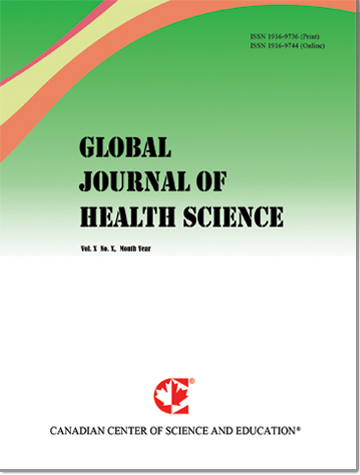Teaching Health Equity Through Narrative Media: The Pedagogical Impact of The Color of Care in Public Health Education
- Naa-Solo Tettey
Abstract
The COVID-19 pandemic exacerbated deep-rooted health disparities in the United States, particularly among marginalized communities facing systemic barriers such as limited healthcare access, economic instability, and environmental injustices. Black, Hispanic, and Indigenous populations experienced disproportionately high rates of infection, hospitalization, and mortality, underscoring the profound impact of structural inequities on health outcomes. Understanding these disparities is essential for public health students, yet traditional teaching methods often fail to convey their real-world implications. Integrating media-based narratives, particularly documentaries, into public health education offers a compelling way to illustrate how structural factors shape health outcomes. This study evaluates the impact of The Color of Care, a documentary that examines the disproportionate burden of COVID-19 on communities of color, as a pedagogical tool in PBHL 6000: Community Engagement, Equity, and Justice. Through analysis of student reflections, coursework, and survey responses, findings indicate that the documentary enhanced students' comprehension of social determinants of health, deepened emotional engagement, and fostered critical thinking about systemic racism and health inequities. Results show a significant increase in students’ confidence in applying public health frameworks and a greater commitment to health advocacy. This study contributes to ongoing discussions on the role of media narratives in public health education, highlighting their potential to contextualize abstract theories, foster cultural competence, and inspire systemic change. The findings support the integration of documentary-based learning to enhance public health curricula and better prepare students for addressing health disparities in their professional careers.
- Full Text:
 PDF
PDF
- DOI:10.5539/gjhs.v17n3p1
Journal Metrics
- h-index: 88 (The data was calculated based on Google Scholar Citations)
- i10-index: 464
- WJCI (2022): 0.897
- WJCI Impact Factor: 0.306
Index
- Academic Journals Database
- BASE (Bielefeld Academic Search Engine)
- CNKI Scholar
- Copyright Clearance Center
- Elektronische Zeitschriftenbibliothek (EZB)
- Excellence in Research for Australia (ERA)
- Genamics JournalSeek
- GHJournalSearch
- Google Scholar
- Harvard Library
- Index Copernicus
- Jisc Library Hub Discover
- JournalTOCs
- LIVIVO (ZB MED)
- MIAR
- PKP Open Archives Harvester
- Publons
- Qualis/CAPES
- ResearchGate
- ROAD
- SafetyLit
- Scilit
- SHERPA/RoMEO
- Standard Periodical Directory
- Stanford Libraries
- The Keepers Registry
- UCR Library
- UniCat
- UoB Library
- WJCI Report
- WorldCat
- Zeitschriften Daten Bank (ZDB)
Contact
- Erica GreyEditorial Assistant
- gjhs@ccsenet.org
